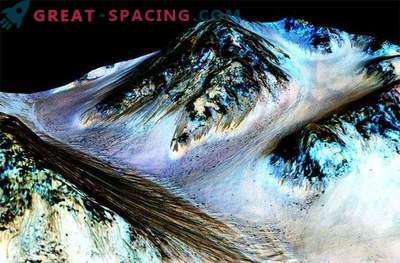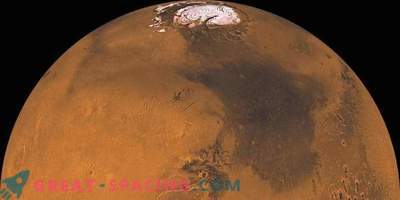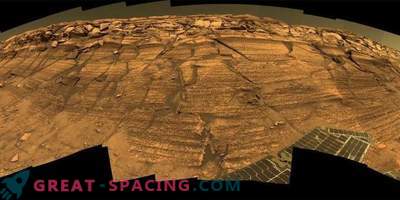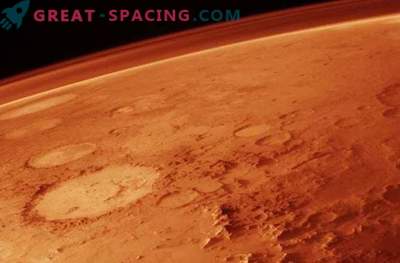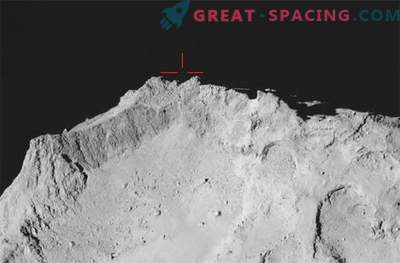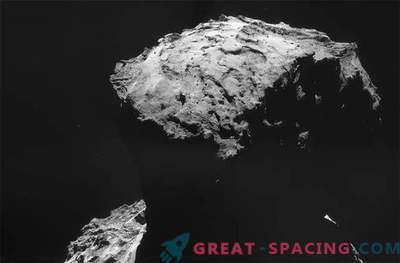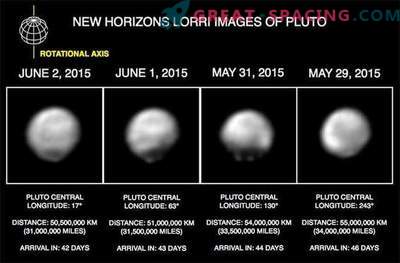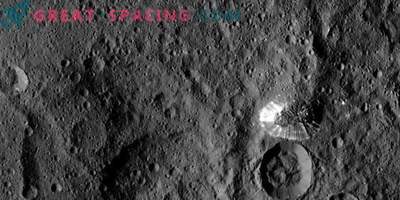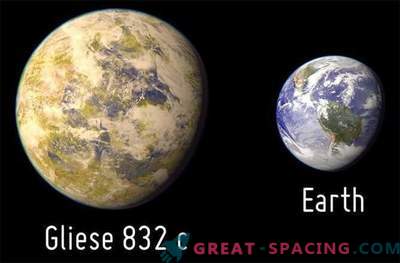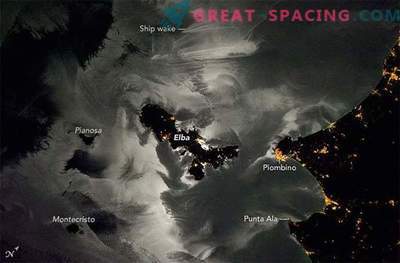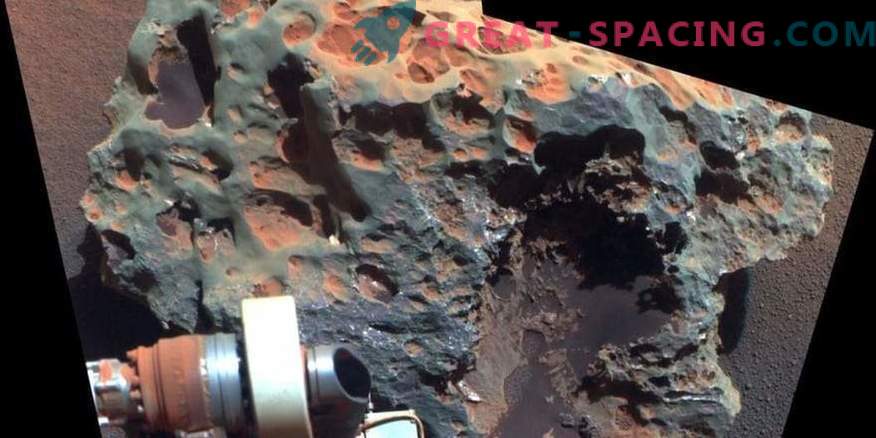
The NASA Opportunity Mars Rover was used to measure the atmospheric effects on meteorites on the Red Planet, showing how little water is present on the surface.
Since the whole world views Mars from the point of view of the first item in the Solar System for humanity, it is time to test this idea for strength.
We already know that Mars is bathed in radiation, has a thin atmosphere and, for the most part, is quite inhospitable for life (based on what we know). But astrobiologists believe that water below the surface can be enough to sustain microbial life. And, probably, there is much more water there than it was on the surface at one time. By itself, the possibility of having water on Mars is already enough to give hope that we will be able to use it to maintain the future Martian settlement.
In a new study published in the journal Nature Communications, scientists report on the analysis of Martian meteorites collected by the NASA Opportunity rover, who has been studying the planet for more than 12 years. Iron-rich meteorites, when they fall into a humid environment, are exposed to atmospheric influences in a short time. On Earth, these cosmic stones simply rust very quickly. And although rust is noticeable on meteorites that remain on the Red Planet, Opportunity found that their process is much slower. This means that the planet has remained extremely dry for millions of years.
“Evidence suggests that more than 3 billion years ago, Mars was wet and livable. However, the latest study confirms how dry the environment is now, ”said Christian Schroeder of the University of Stirling in a statement. “In order for life to exist in the areas studied by us, it would be necessary to find pockets far below the surface that are located as far as possible from dryness and radiation.”
Despite the recent discovery by NASA's Curiosity rover that liquid water infused with toxic perchlorate salts may condense on the surface, reality shows that the Martian atmosphere is still extremely dry. “The humidity of the planet is much lower than in the driest places on Earth,” added Schroeder. After studying the accumulation of meteorites in the equatorial plateau of Meridian (Mars region), Opportunity found that their corrosion rate is 10-10000 times less than if these iron-rich meteorites had rusted in the dry deserts of the Earth. This suggests that Mars has been incredibly dry for millions of years. And this fact raises even more questions about how the Red Planet has passed from a wet state to such an extremely dry one.
Obviously, to search for life on the surface of the planet is bad news. But it also creates another level of uncertainty for future flights to Mars. In any Martian mission to search for a scant margin of Martian water, it is important to save astronauts life and in some cases provide fuel for a long-term presence. The latter finding will undoubtedly make mission planners examine more carefully where the future presence of a person should deepen. And, most likely, the equatorial region can still be excluded.


